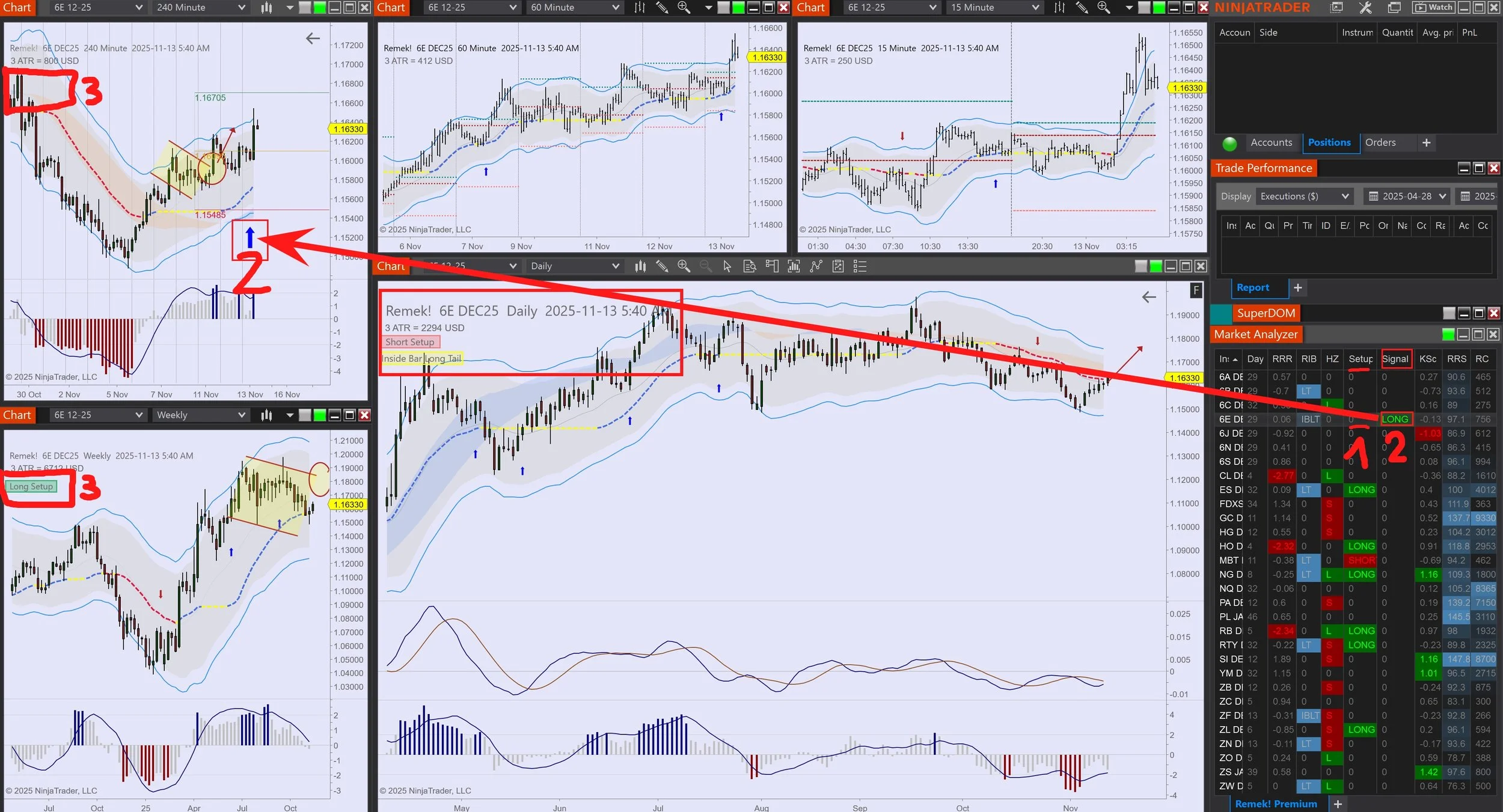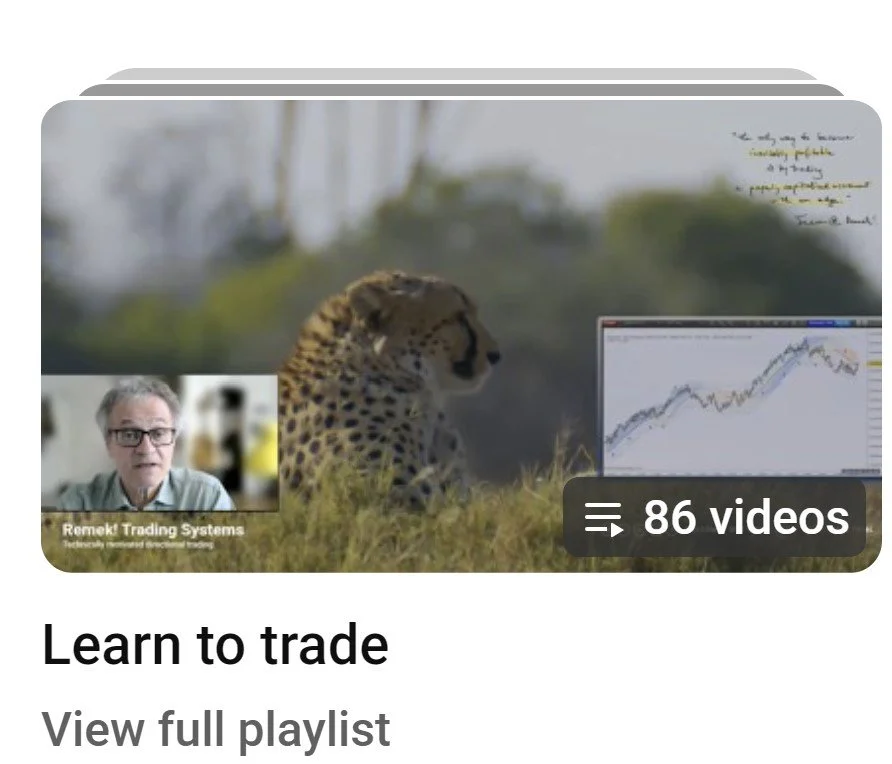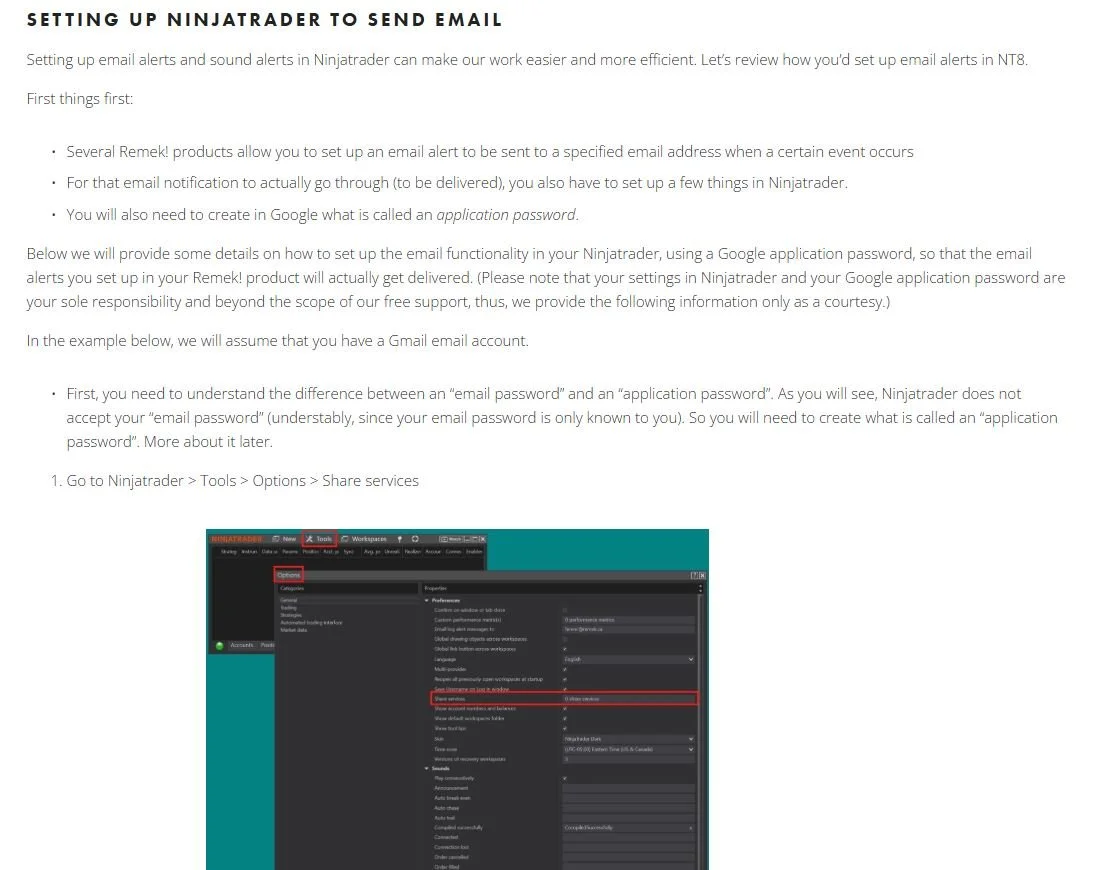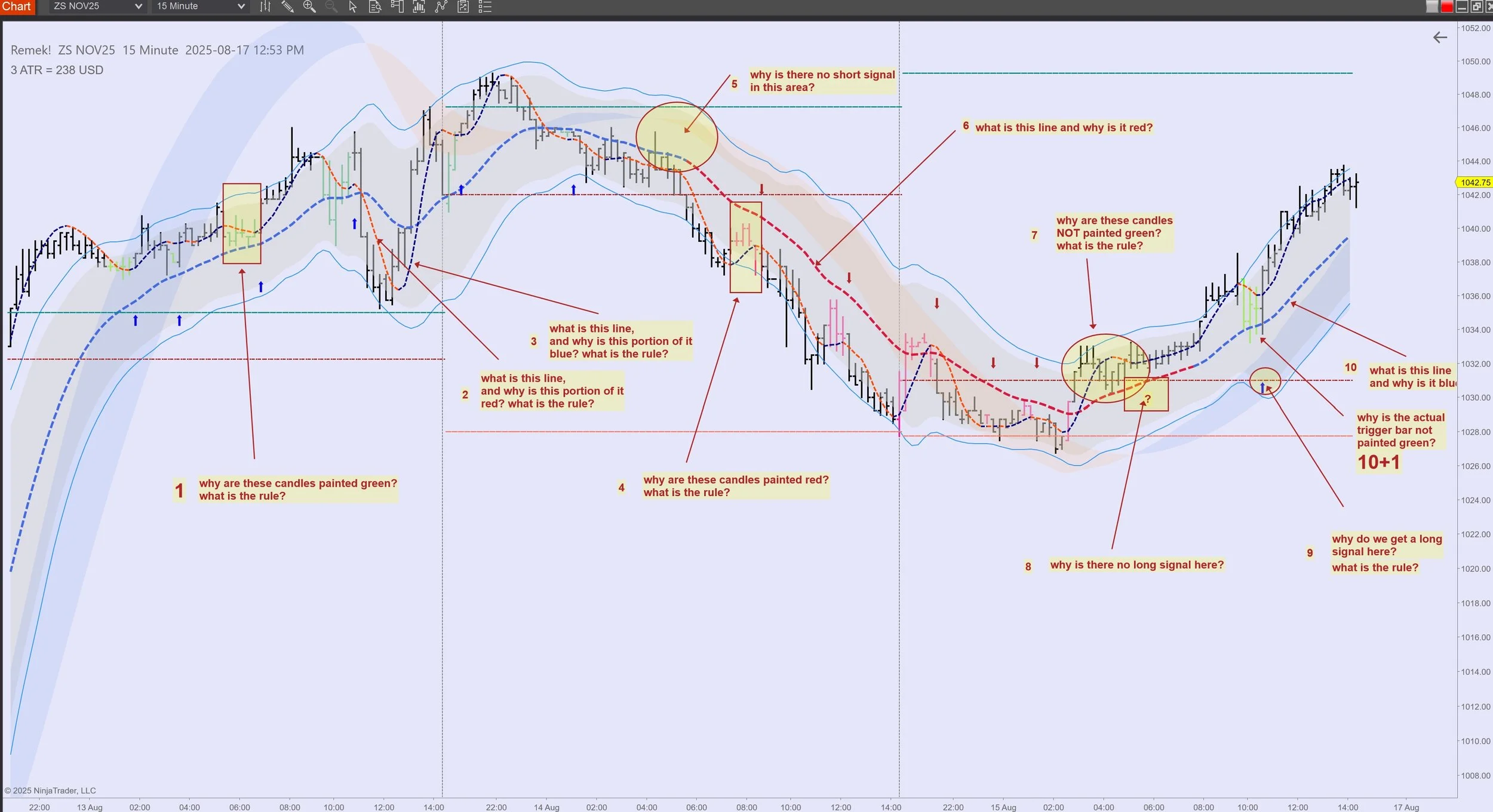The foundations of successful trading, that is.
With a busy and good week behind us, and a Canadian Thanksgiving ahead of us, Saturday morning is the perfect time to revisit the foundations of successful trading:
you need an edge to succeed in trading
your edge manifests itself over a large number of trades
so you’ll have to put on a large number of trades for your edge to surface
you can only do that if you stay in the game
so your risk must be such that the chance of blowing your account becomes, practically, zero
for that, you need to know your longest expected losing streak, and the recommended minimum account size required by your strategy
our System Metrics Calculator can calculate exactly that for you!
And while it’s at it, it will also help you devise a six-month capital accumulation plan. Head to this page on this perfect weekend to do the work that must be done: the risk management plan your trading business deserves!
As for us, we’ll be back soon with our 2022 Canadian Thanksgiving Specials and the latest exciting news from the Remek! Research Lab! Stay tuned!









